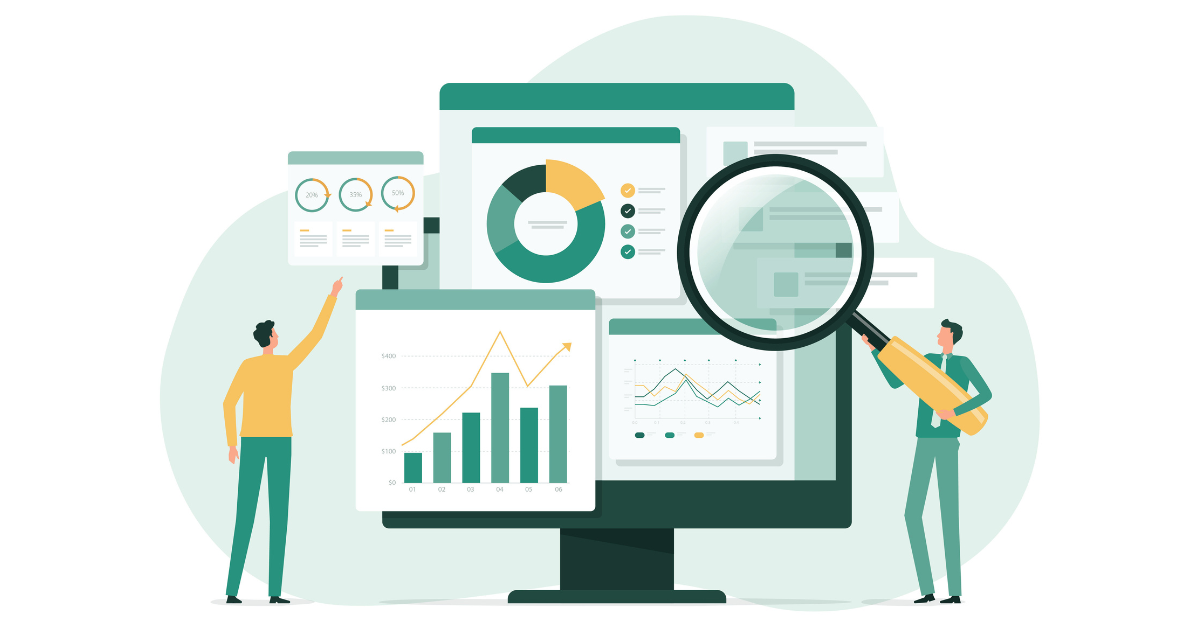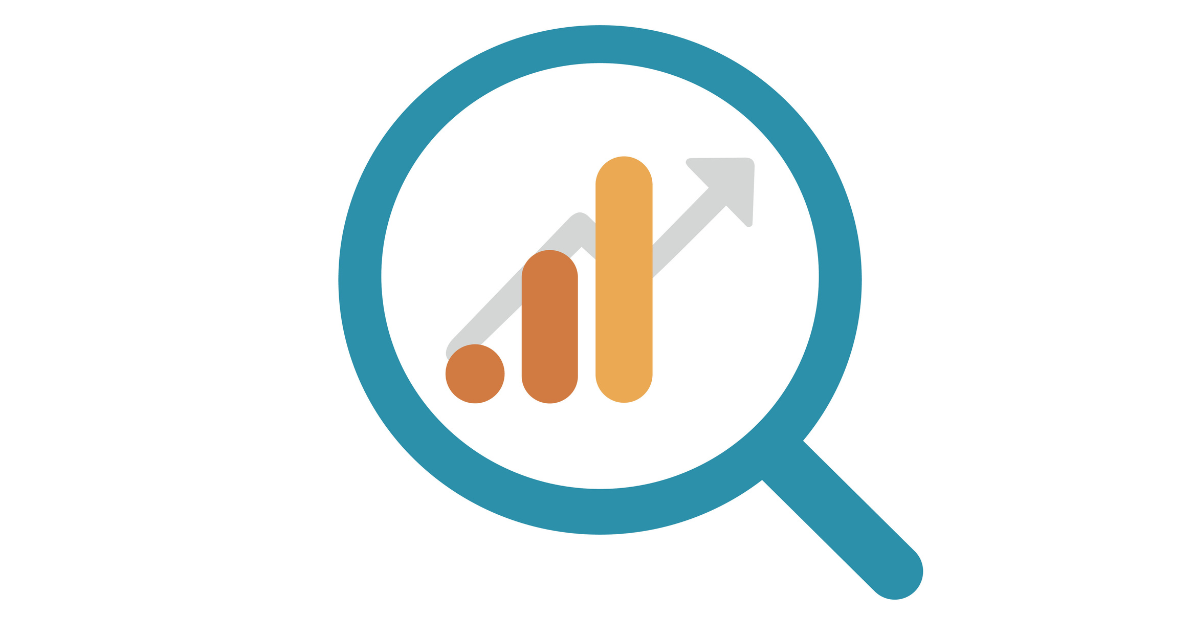What is Google Analytics 4 (GA4)? If you’ve been tapped into the world of marketing and analytics you may be aware that back in 2020, Google made the announcement to retire their most recent product Universal Analytics. In its stead, Google introduced Google Analytics 4, a new analytics platform with new features and functionalities that address privacy and center around the user.
This new version was created to adapt to the demands of marketers as they navigate analytics with less data due in part to increased regulations. With improved ways to track the customer’s journey, we’re here to share some of the advantages and features to get you fully on board before Universal Analytics is officially put to rest.
The Importance of Google Analytics
There’s a lot that GA4 is offering their users that its predecessor wasn’t capable of. With changes in marketing landscapes, it wasn’t surprising that teams would have to find new ways of leveraging data while being conscientious of privacy. One of the major differences is the use of machine learning to supply insights. This predictive analytics modeling is jumping in to support areas where marketers worry they might eventually fall short in.
This new approach to marketing data and analytics was designed to be user-focused which means creating an UI that allows marketers to work with an entire journey while also adapting to a future where privacy becomes a core concern for users.
While saying goodbye to a familiar product is always a tough transition, it’s highly recommended to dive into what this new version brings especially before you lose access to the reporting setup you have in place.
Features, Advantages and Benefits of GA4
1. Machine Learning
GA4 is working on helping marketers fill in the gaps with the help of AI. A variety of factors affect the quality of data we receive, from tracking limitations to privacy regulations. The goal with incorporating machine learning is for modeling to take over where data may be incomplete. This intelligent tracking runs on Google specific algorithms which can create a cause of uncertainty, but it also reduces the marketer’s reliance on cookies. This helps us measure results and meet needs even with new privacy laws.
In line with machine learning, you’ll likely appreciate the predictive metrics introduced in GA4. This clues you in on users that are likely to spend in the upcoming days or weeks that you can put into specific audience segments for highly targeted campaigns. These metrics include:
- Purchase Probability: probability that users who were active in the last 28 days will make a purchase within the next 7 days.
- Churn Probability: probability that users who were active in the last 7 days will be inactive within the next 7 days.
- Revenue Prediction: expected revenue within the next 28 days from a user who has been active in the past 28 days.
2. Complete Marketing Storytelling
Unlike before, where data lived in its individual, fragmented silo, GA4 has changed its focus to emphasize user interactions. Known as “events”, this new way of capturing data gives you a comprehensive look into how user journeys are evolving.
For example, you’re able to piece together a user searching for your site on their computer and then revisiting it multiple times later through their phone, following this journey from discovery to researching to the final conversion.
Cross-platform tracking is a real game changer here especially since engagement behavior on different platforms were always measured separately in the past. With GA4, data across apps and websites are merged which gives you a holistic customer story you can follow from the beginning of their journey to the end.
3. User Centric Data
Continuing on the idea of data focused on the user journey, GA4 has changed the way marketers access data by implementing a report menu that more closely aligns with the customer journey. Previous sections have now been swapped out for a “Lifecycle” section instead, which breaks down analysis into Acquisition, Engagement, Monetization, and Retention. This more closely mirrors the funnel that marketers move their customers through (Awareness, Consideration, Purchase, Loyalty).
In addition, “User” is now its own separate section which really gives marketers the opportunity to dive deep and focus on customer demographics and actions. In combination with the machine learning capabilities mentioned earlier, you’re now able to leverage your user centric metrics and AI to predict customer behavior and value.
When it comes to metrics, GA4’s new way of looking at user interactions (reminder, these are known as “events”) gives you a more well-rounded look into what a visitor is doing. Included in the data is high level tracking that encompasses video engagement, scroll data, site, search, and more which gives you much more useful insight into engagement.
4. Powerful Insights
This benefit sounds general but there’s a lot that goes into it. GA4 has invested efforts into developing an all-around robust way for you to tackle marketing. It comes with powerful measurements, tools, and integrations that build powerful audiences. All that really comes from shifting to focus on user journeys. You’re able to see customer activity move from one platform to another and develop strategies to optimize reach.
You can see this throughout the platform from tracking to analysis. For example, the BiqQuery Analysis integration allows you to analyze large datasets quickly with features like machine learning, geospatial analysis, and business intelligence. This allows you to analyze raw data in all sorts of ways and find answers to questions with ease.
Another example of this are the powerful methods of segmenting your audience using events and time. Now, you’re able to hone in on data like specific user interactions or time to create specific audiences. These are automatically synced to Google Ads which allows you to align your unique audiences with your ad campaigns.
The Takeaway
There’s a bit of a learning curve with GA4 because you’re getting accustomed to new verbiage, layouts, and (most exciting) opportunities. If you haven’t given it a go yet, we recommend running both Universal Analytics and GA4 to make the transition easier for yourself by becoming familiar with GA4’s new offerings before Universal Analytics goes away.
With a few months to go until Google sunsets its current platform, there are still developments they can make. In the meantime, get proactive and start exploring. The new functionality and features of GA4 will bring beneficial impacts to marketers in all industries and a new era of intuitive marketing.



